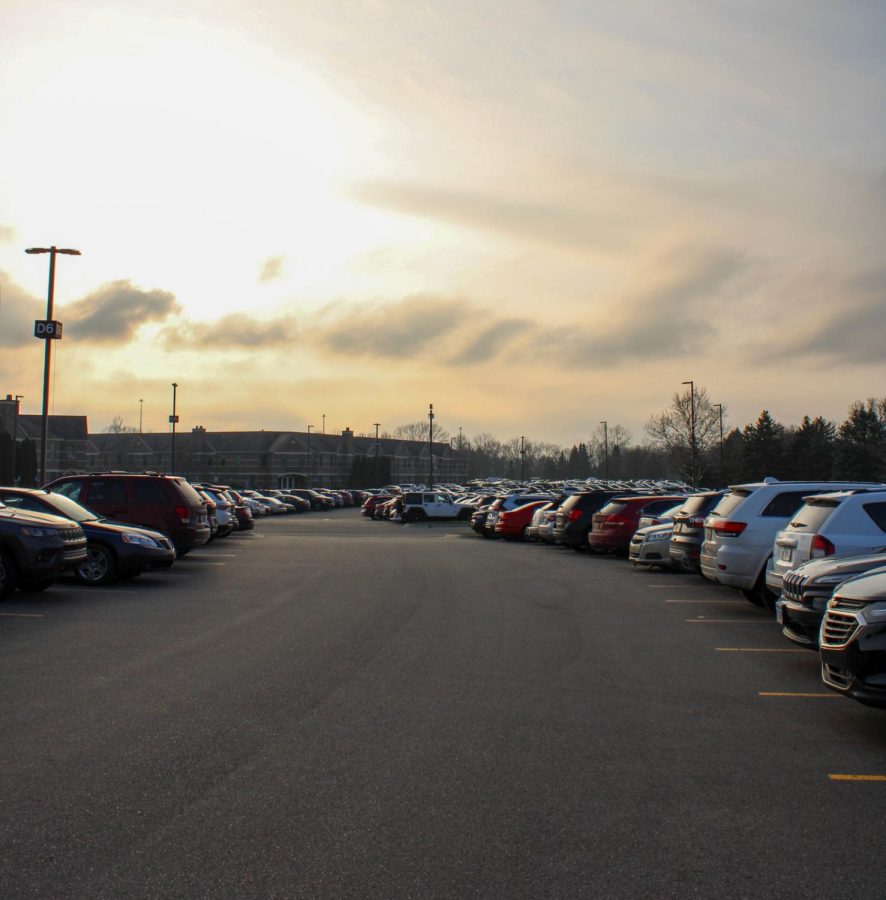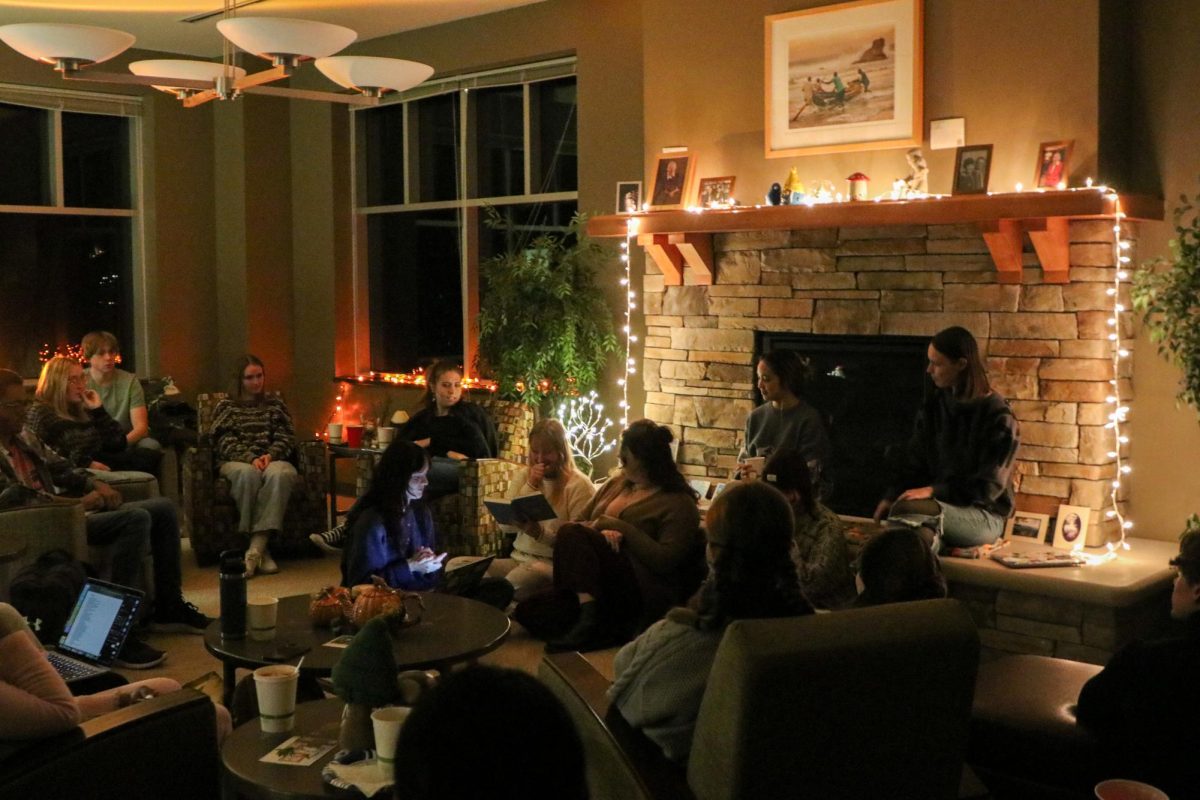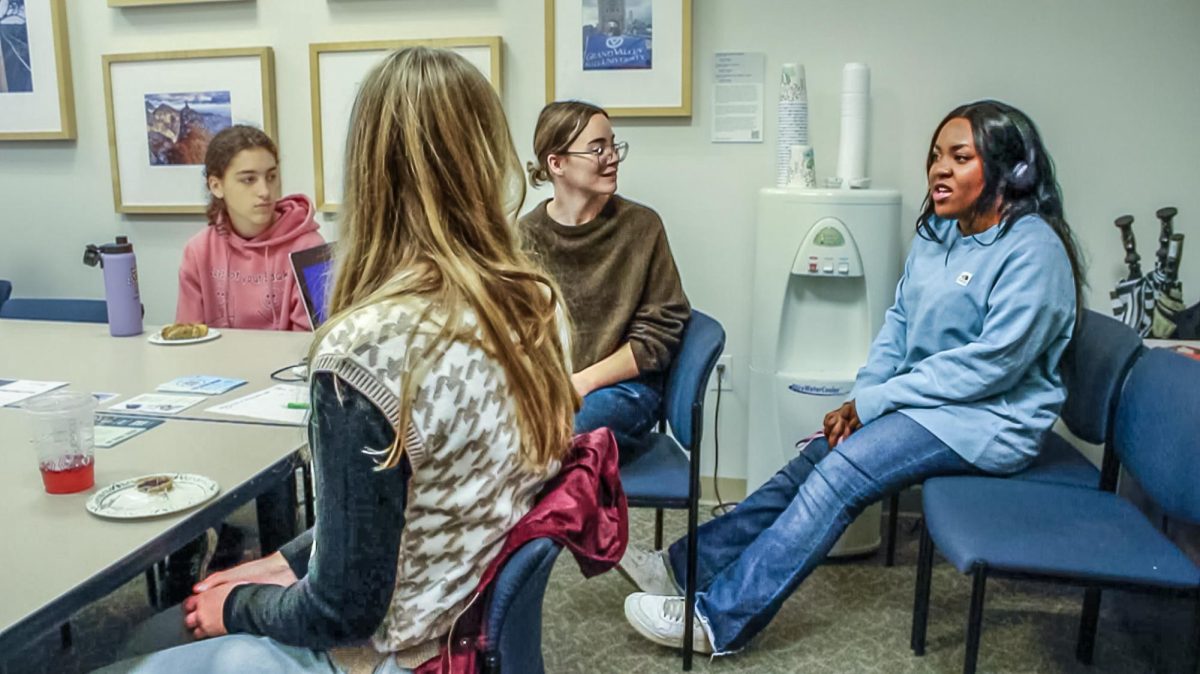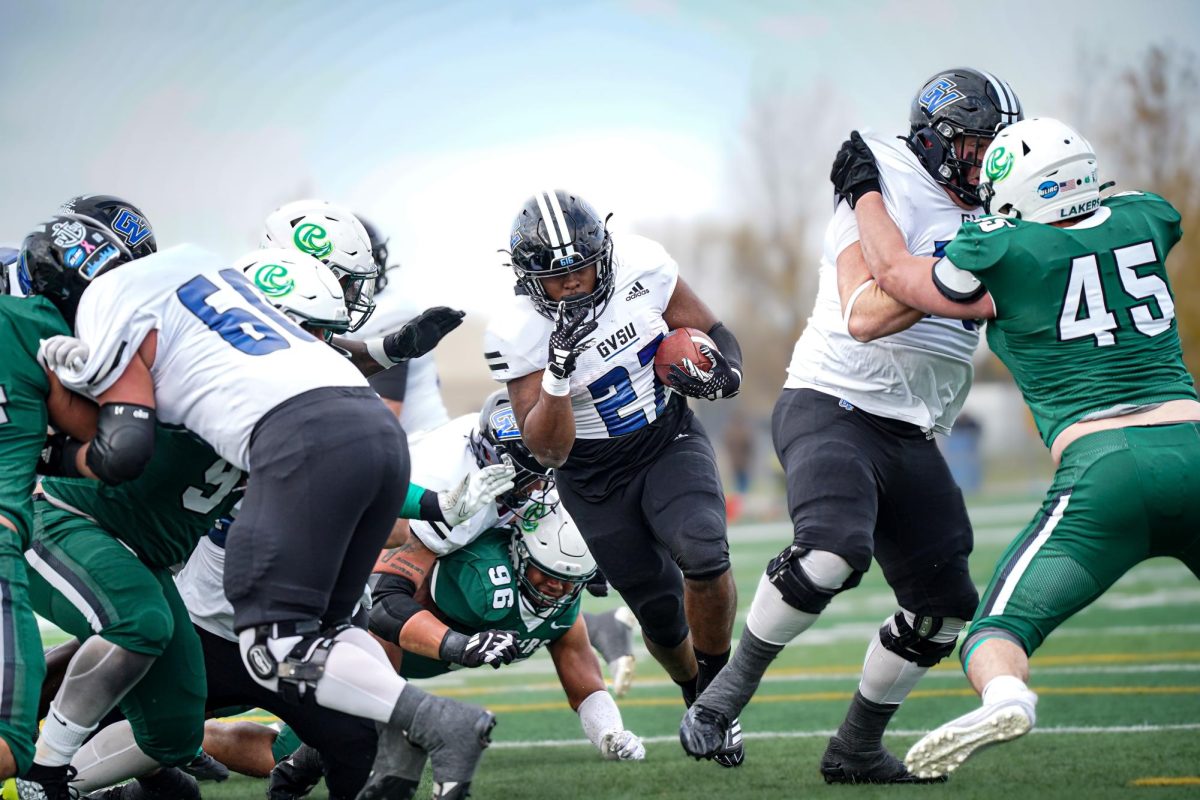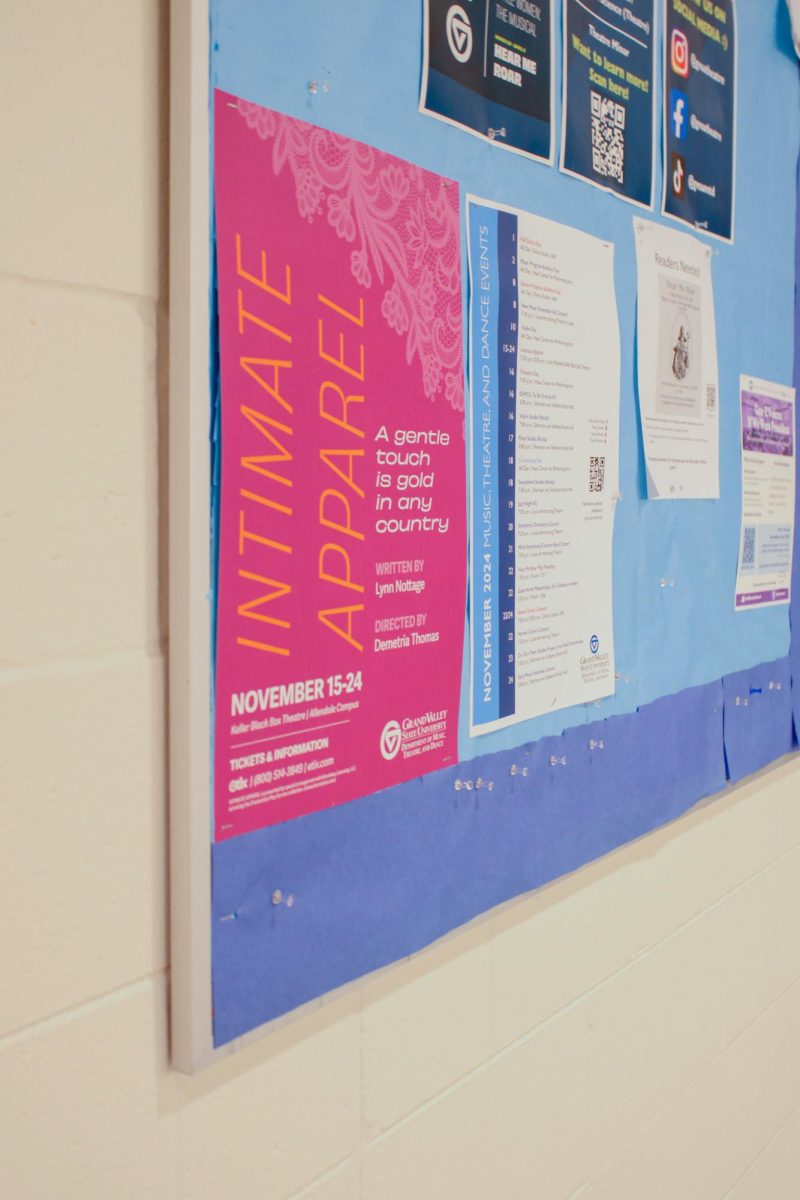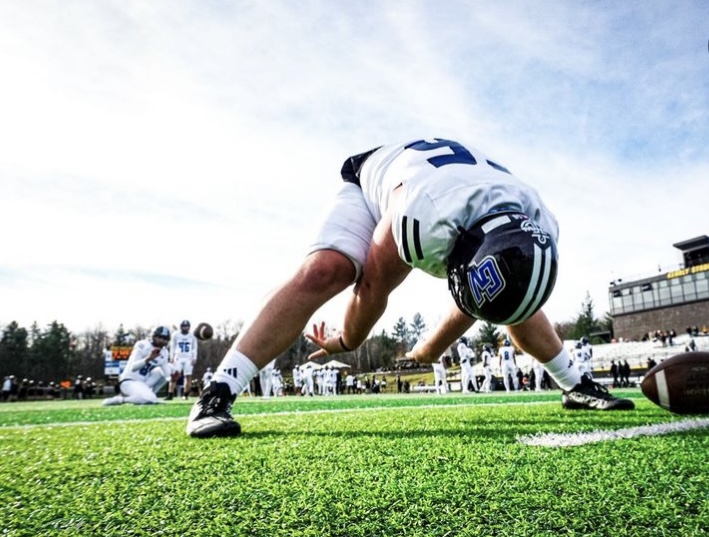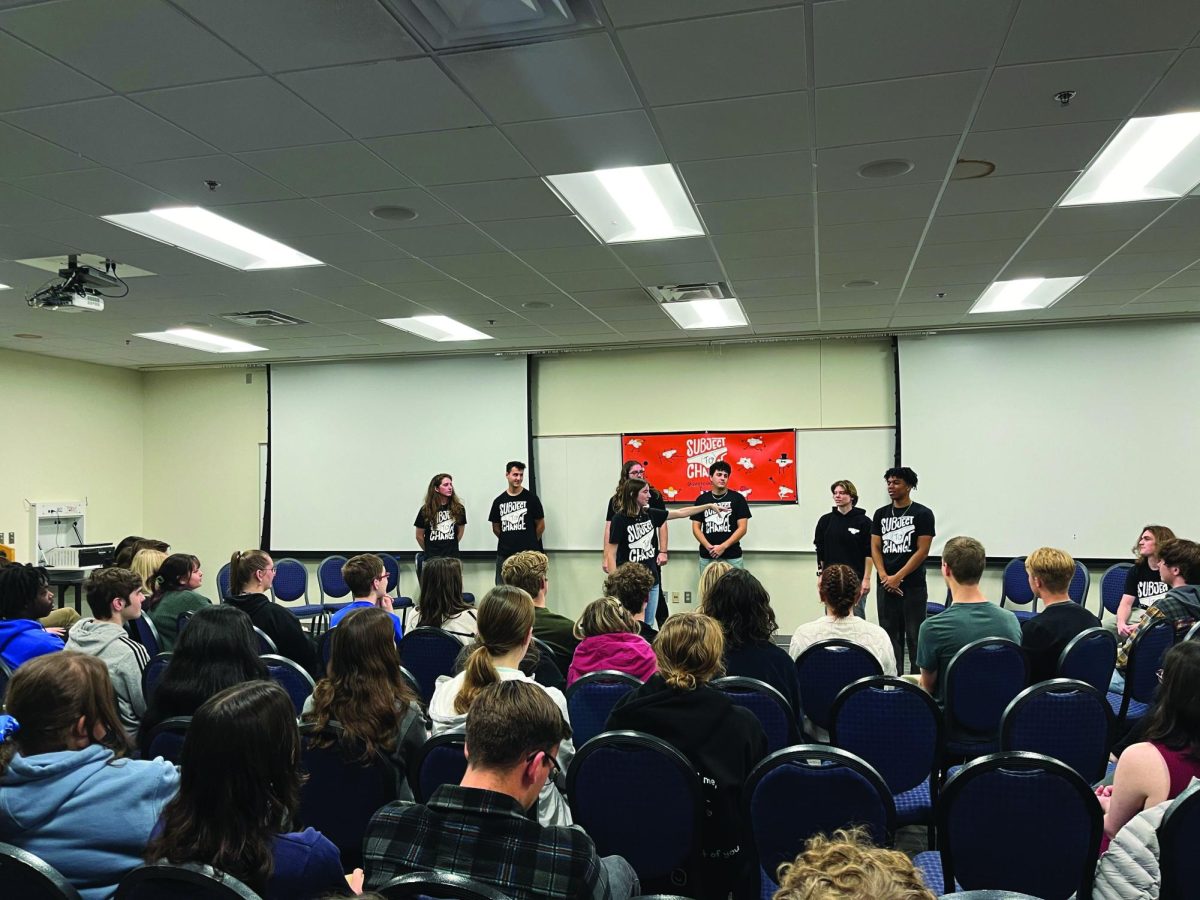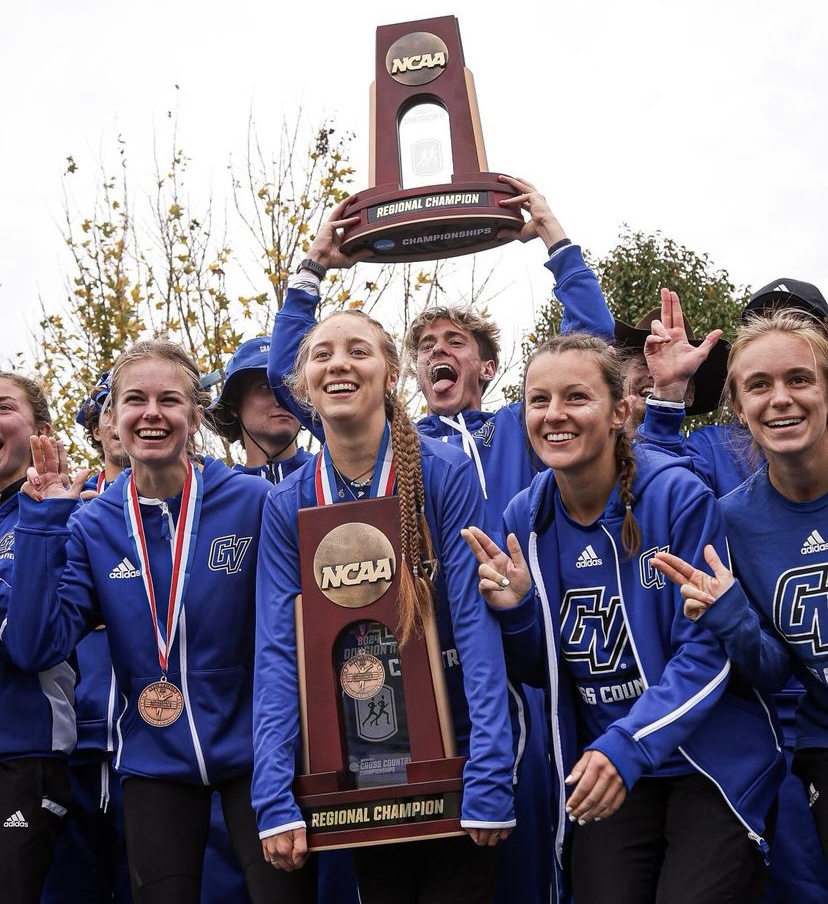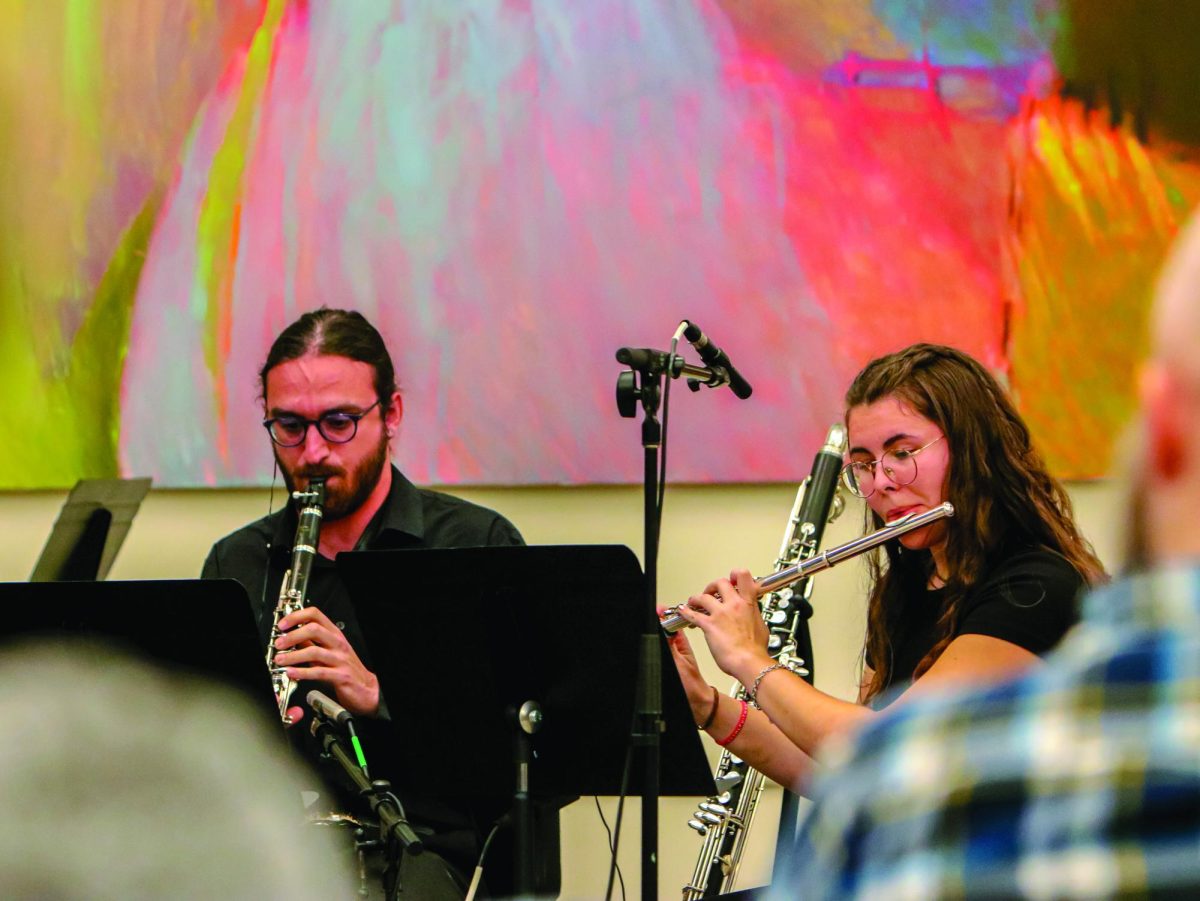GV adopts new parking verification system
Jan 17, 2023
Grand Valley State University Campus Parking Services recently adopted a new system that utilizes License Plate Recognition (LPR) software attached to the front of the GVSU parking services vehicles. This system converts images of license plates into text. The data is then cross-referenced with the registered license plates in association with parking permit registration.
Previously, parking services workers used hand-held scanners and individually scanned each license plate to ensure cars were registered and properly parked in accordance with the GVSU parking pass rules. This was a much lengthier process compared to the new technology.
The LPR technology was added to Campus Parking Service vehicles procedures at the end of the fall 2022 semester, where it underwent a trial phase. Parking services said the implementation of LPR was successful because of the system’s ability to provide real-time confirmation of vehicle compliance and efficient use of resources.
This system eliminates the use of physical passes and streamlines the process of locating vehicles improperly located in on-campus parking lots.
“We had to use the handheld to scan each plate individually,” said Parking, Transportation and Services Manager Chris Swank. “With the scanners on the vehicles, they read license plates more quickly and efficiently. With the new system, we are able to use the handhelds to focus on just writing violations to vehicles not in compliance.”
Adoption of LPR is gaining popularity at colleges and universities across the nation because of its ability to address parking issues. For instance, Ball State University adopted LPR and noted benefits from the technology, including cost-saving benefits because the university will no longer have to print and mail physical passes and increased efficiency and accuracy of parking validation.
Swank said parking services anticipates the LPR will cut down on overcrowding of student lots by locating cars that are not properly registered.
“We are hopeful we too will see the same results (as other campuses),” Swank said. “We will be able to cover all the lots more frequently so the ability to park without a permit and not get caught will be more difficult.”
Although the system is designed to be more hands-off than its predecessor, Swank said the new technology will not have an effect on the amount of students employed by campus parking. He said parking services still have open positions and are accepting applications from students.
Some students may be concerned that the new system could lead to tickets because of blocked license plates. In situations where one may choose to back in or pull through a parking spot, the license plate may not be in view of parking service’s trucks regardless of permit validity. Swank addressed these concerns by saying parking services will not be issuing violations in such situations.
“At this time the Parking Ordinance has not been changed to require ‘nose in’ parking,” Swank said. “With regards to a dirty plate, no as well, but every effort should be made by the vehicle owner to ensure the plate is free of mud and snow.”
GVSU Parking Services has also created a resource for additional information regarding the LPR which can be found on their website.




